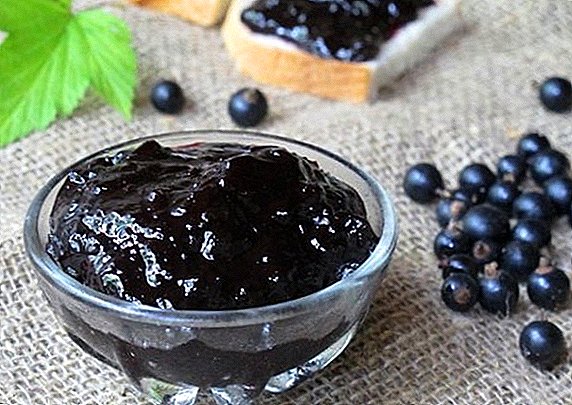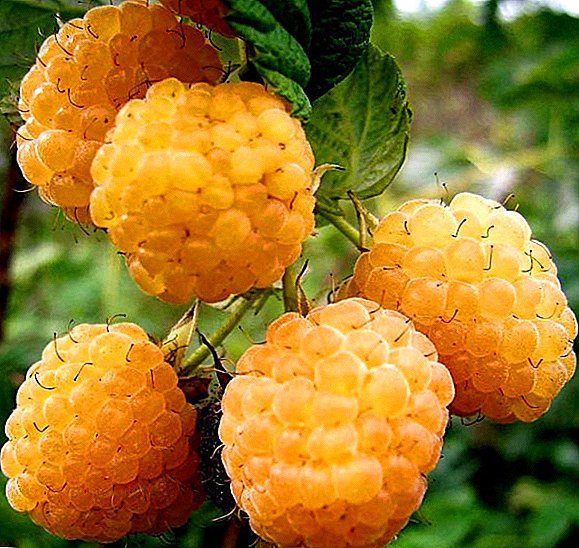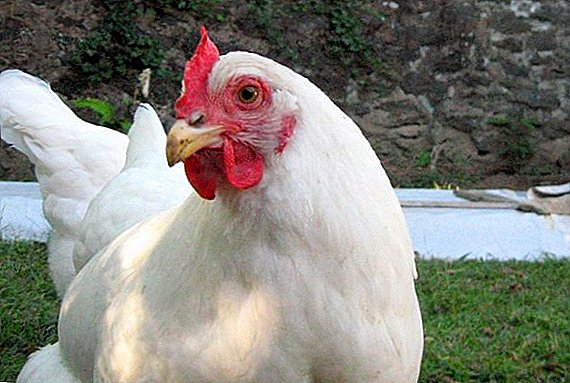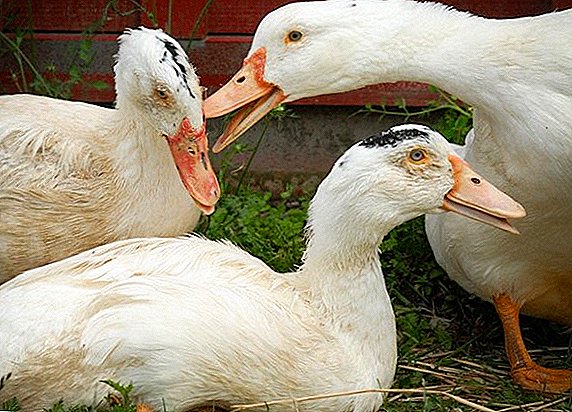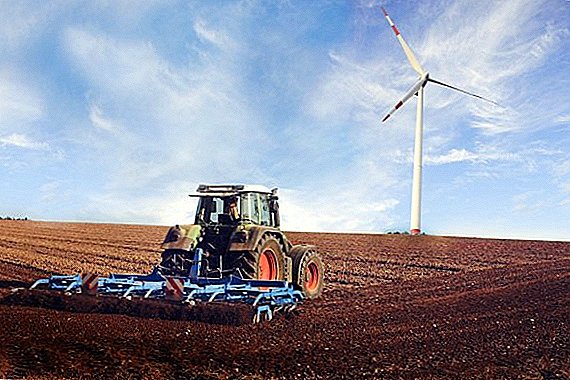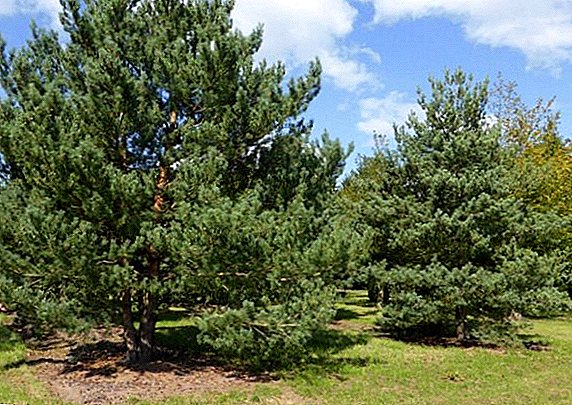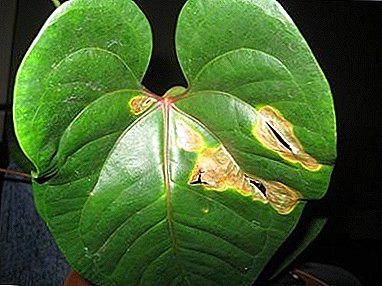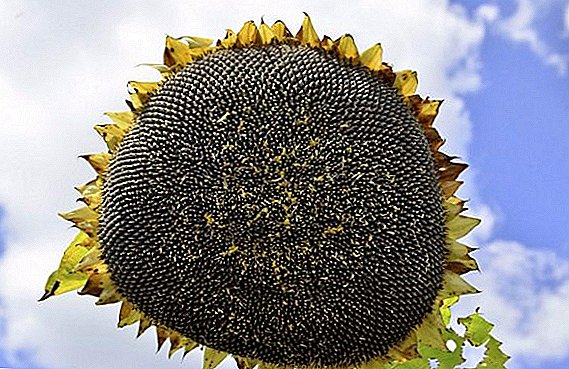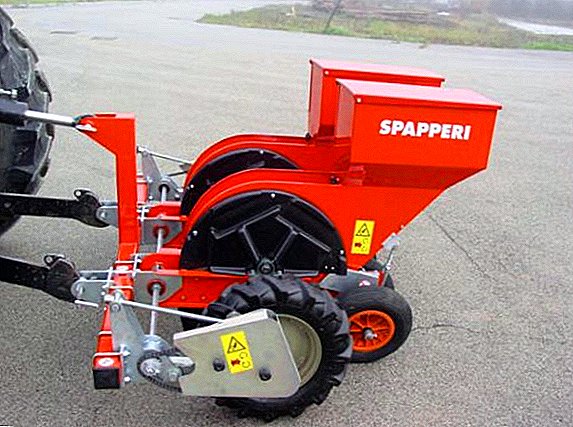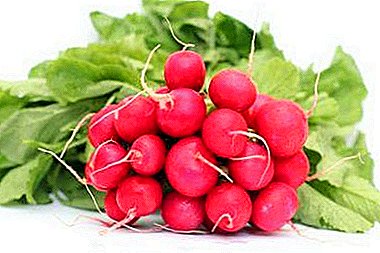
Radish Sora won a leading position among other varieties. And all this thanks to its ripening time, resistance to various diseases and adverse conditions, as well as the ability to sow seeds in early spring and autumn.
The article describes in detail the characteristics and description of the varieties of radish Sora. From the text we learn how to grow radishes from seeds and how to harvest.
And also consider how to produce prevention of diseases and pests.
Detailed characteristics and description of the variety
Appearance
 The fruits of the radish of the described variety reach a diameter of 4-5 centimeters. A distinctive feature of root crops is the lack of a tendency to the formation of voids.
The fruits of the radish of the described variety reach a diameter of 4-5 centimeters. A distinctive feature of root crops is the lack of a tendency to the formation of voids.
According to reviews of agronomists, the pulp of radish is quite juicy and tender. The taste characteristics of Sora are high. The plant is not very lush, low and not thick.
The shape of root crops is even, regular, round, almost all fruits grow without flaws. The radish itself has a rich pink hue. The peel is very thin.
Let's see clearly what the radish of Sora looks like:
Sowing time
Radish Sora can be sown from the beginning of spring in the greenhouse. It is recommended to carry out several crops per season with an interval of 15 days. Resistance to frost allows you to plant a root crop even in mid-autumn - a slight cold will not harm the fruits.
Average weight
If the root crops are provided with proper and complete care, a fully ripened radish will weigh approximately 30-37 grams.
Productivity from 1 hectare
It should be said that here all indicators depend on the rules of care and cultivation. But agronomists say that about 175 centners can be harvested from one hectare.
Where is it recommended to grow?
Radish Sora is a hybrid variety. Therefore, in the process of breeding botanists tried over the universality of the variety. This suggests that radish is perfect for growing in greenhouse conditions, in the open field and even indoors.
It should be noted that the yield will be much less when planting seeds at home. This is normal, since in such a case the radish does not receive all the elements it needs.
Resistance to diseases and pests
Hybrid varieties often show excellent performance, which relate to immunities to diseases and attacks of pests. Variety Sora was no exception, so many ailments are not terrible for him. In addition, those diseases that still overpower radishes, you can win with ease.
Ripening
Harvest can be done in three weeks. It should be noted that it is necessary to count 21 days not from the moment of landing, but from the moment of shoots of the first shoots.
What kind of soil prefers?
Soil for planting radish Sora should be light and fertile. The acidity of the soil should be neutral or weak. To reduce the level of acidity, add a little lime to the substrate. The most suitable type of soil is sandals or peatlands. In autumn and spring, it is necessary to dilute the soil with humus.
Breeding history
The variety of radish Sora refers to the results of the work of Polish breeders. In Russia, the described culture appeared in the early 2000s and since then it has become one of the most popular among agronomists.
Main distinguishing characteristic
Main The distinguishing characteristic of this variety is high resistance to adverse weather conditions.. It is this kind of vegetable that can be sown in open ground as soon as the snow has melted. It does not hurt the radish. On the contrary, melt water only improves the growth of culture.
Advantages and disadvantages
 The advantages of varieties Sora include the following factors:
The advantages of varieties Sora include the following factors:
- the ability to land immediately after the descent of snow;
- ripening speed - in just three weeks you can get a good harvest;
- excellent taste and appearance;
- resistance to bolting - with a long light day does not release the shooter;
- storage time, but only in cool rooms;
- immunity to cruciferous pest attacks;
- occupies a small area of the site;
- opportunity to get several harvests per season.
There are practically no drawbacks to this variety. Some gardeners consider a minus of this variety the small sizes of root crops.
What and where is it used for?
This variety is often used for industrial purposes. Sora gives an excellent harvest and at the same time it is easily transported. At the same time root crops can be stored for a long time and not lose their presentation.
Such radish can be used in cold dishes, soups, snacks, as well as in the form of a separate dish.
Seed cultivation
- Planting seed can be any day from March to October. But for this it is best to choose short light days. If the sun shines for 10-12 hours a day, then it is better to lighten the radish. To do this, you can use a special agronomic net, which perfectly circulates the air, but at the same time protects the culture from the scorching sun.
- Before planting, the soil must be saturated with mineral complexes. For this, in the process of digging up the soil, it is necessary to add humus together with potash and phosphorus fertilizers.
Reference! Radish does not tolerate organic fertilizers, so discard the use of manure and litter.
If the first shoots appear, and it is still cool outside, you can add a little urea to the soil.
Radish can not be planted in the same area for more than three years, so the soil becomes poor and will not be able to give the vegetable all the necessary nutrients. It is best to alternate planting vegetables. But before the radish it is better not to plant radish, cabbage and any kinds of cabbage.
 The distance between the rows of the crop should be about 10-15 centimeters, and between each seed in the row should be about 2-3 cm. At the same time, the radish is planted to a depth of 1-1.5 cm.
The distance between the rows of the crop should be about 10-15 centimeters, and between each seed in the row should be about 2-3 cm. At the same time, the radish is planted to a depth of 1-1.5 cm.- As soon as the first shoots have risen, do not forget about regular watering. Make sure that the soil is always moistened to a depth of 15 centimeters. After each watering, the ground must be loosened so that a crust does not form, which will impede air circulation.
- It is not necessary to feed radishes during its growth, as the crop does not grow long, it will be enough for those fertilizers that were introduced before planting.
Harvesting and storage
To get larger fruits with preservation of the presentation, it is possible to extend the period of formation of root crops for several days (approximately 3-5). Do not be afraid that voids form inside the radish - this variety is protected from such a problem. However, do not get carried away with an increase in time.
Insofar as root crops ripen amicably, an agronomist can harvest a few days, depending on the amount of radish. Immediately after collecting the culture vylazhivaya in wooden boxes with holes for air. It is better to do this in even layers, and after each layer put a sheet of thick paper so that the fruits do not touch each other.
Placing the harvest boxes is best in the basement, where the air temperature varies between 4-6 degrees Celsius. Before you bring the culture, the surface of the basement must be treated with a solution of lime. This will help keep the harvested crop from rot, mildew and other pests.
In this form, the roots can be stored for a month and a half.
Reference! Even in the washed state, the vegetable can be easily transported over long distances - it will not lose its taste and external data.
Diseases and pests
The main and most dangerous pests for radish Sora are cruciferous fleas and moths. You can begin to fight them in a biological way.
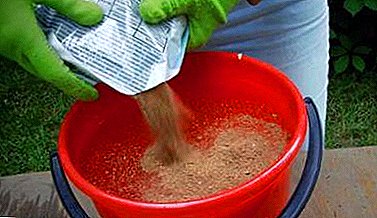 Ash solution. In 10 liters of water, add 2 cups of ash and 50 grams of laundry soap. Spray radishes with this solution.
Ash solution. In 10 liters of water, add 2 cups of ash and 50 grams of laundry soap. Spray radishes with this solution.- Tobacco solution. For its preparation, ash is replaced with tobacco dust and the plant is also treated.
If the biological method does not help, it is worth resorting to the help of insecticides.. However, they need to be resorted to only in extreme cases. After spraying, you can not immediately water the radish, because all efforts will come to naught.
The following diseases can be distinguished from diseases of the Sora variety:
- bacteriosis;
- kila;
- blackleg.
Ailments can be defeated with a solution of onion peel, 1% Bordeaux liquid, or lime. You can choose any tincture and spray the culture several times at intervals of 5-6 days.
Prevention of various problems
To avoid any problems with the cultivation of radish varieties Sora, you need to follow all the recommendations.described in the article. And also make sure that there are no weeds around, which can cause the development of diseases and pests.
Similar varieties
The similarity lies in the size, shape and shades of culture.
- Heat.
- Presto.
- Dawn
- Ascanius
Getting a great crop of radish is not that difficult. Especially if the agronomist chose the Sora variety for growing.


 The distance between the rows of the crop should be about 10-15 centimeters, and between each seed in the row should be about 2-3 cm. At the same time, the radish is planted to a depth of 1-1.5 cm.
The distance between the rows of the crop should be about 10-15 centimeters, and between each seed in the row should be about 2-3 cm. At the same time, the radish is planted to a depth of 1-1.5 cm. Ash solution. In 10 liters of water, add 2 cups of ash and 50 grams of laundry soap. Spray radishes with this solution.
Ash solution. In 10 liters of water, add 2 cups of ash and 50 grams of laundry soap. Spray radishes with this solution.